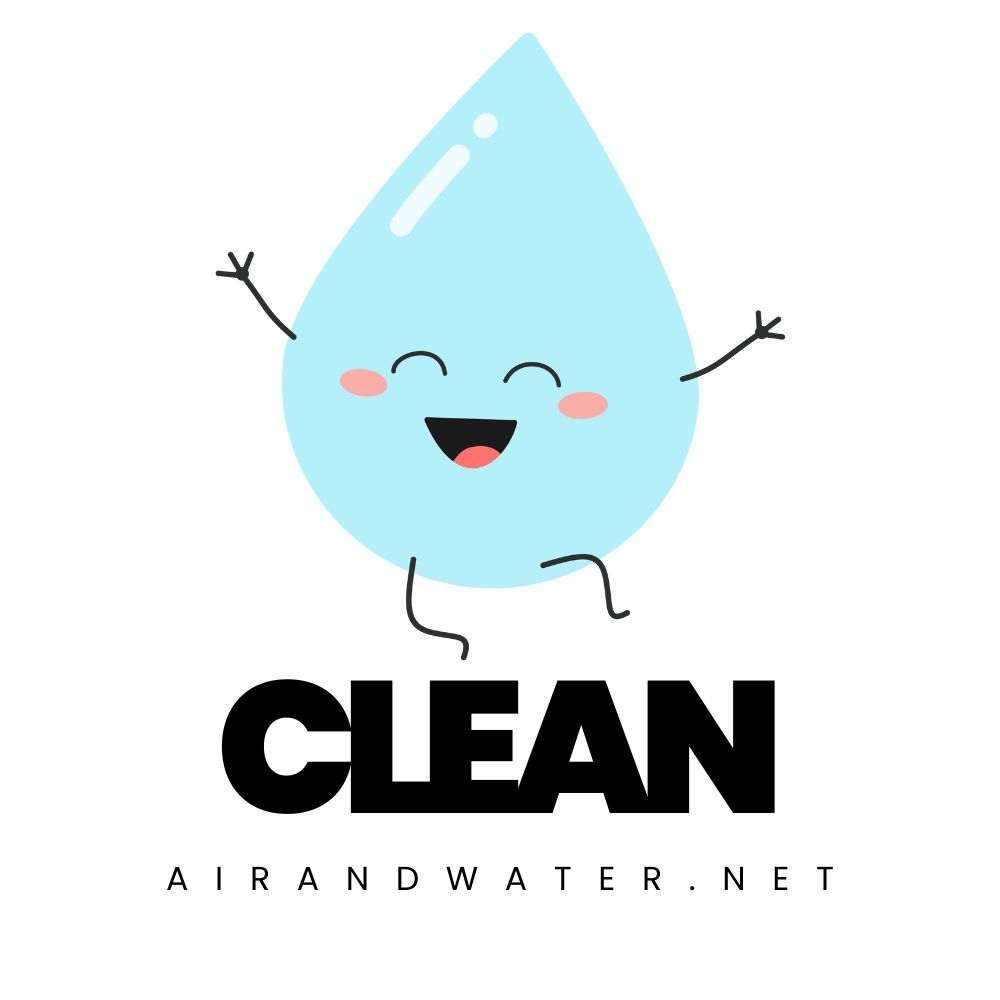Beneath the Surface of a “Sustainable” City
Driving through Durham, you’d never know. The tree-lined streets near Duke’s campus, the bustling downtown packed with farm-to-table restaurants, the colorful bike lanes cutting through revitalized districts – all paint a picture of progressive urban planning. This former tobacco town has reinvented itself as a beacon of Southern sustainability. But beneath the carefully cultivated image lies a troubling reality that rarely makes it into the glossy promotional materials: the water.
What Is 1,4-Dioxane?
1,4-Dioxane is an industrial solvent that can be found in everything from shampoo to plastic manufacturing. It’s classified by the EPA as a “likely human carcinogen.” The chemical has been detected in water systems throughout North Carolina’s Cape Fear River Basin, presenting serious health concerns for residents.
This industrial solvent is used in a wide variety of manufacturing processes and can also be found as a byproduct in many consumer products. Unlike some contaminants, 1,4-dioxane is highly soluble in water and doesn’t easily break down in the environment, making it particularly challenging to remove once it enters water systems.
Durham’s Current Water Situation
Durham’s current drinking water supply—primarily from Lake Michie and Little River Reservoir—hasn’t shown dangerous levels of 1,4-dioxane. However, the future water supply plans for the city face a potential contamination issue.
In 2022, testing around Teer Quarry, where Durham plans to store future water supplies, found 1,4-dioxane seeping through groundwater toward the quarry. More than half of the monitoring wells showed levels significantly above what North Carolina considers acceptable for drinking water sources.
According to state documents, “1,4-Dioxane was found in more than half of the 26 groundwater monitoring wells at levels 3 to 50 times above the state’s target value for water supplies.” North Carolina recommends keeping 1,4-dioxane below 0.35 parts per billion in drinking water sources, but some monitoring wells near Teer Quarry detected concentrations far exceeding this threshold.
Following the Toxic Trail
The Cape Fear River Basin—which provides drinking water for roughly a million North Carolinians—has become a significant concern for industrial chemical contamination.
Wastewater treatment plants in several municipalities including Greensboro, Reidsville, and Asheboro have been identified as sources passing along industrial waste they can’t filter out. Industries discharge chemicals into city sewers, treatment plants can’t remove them effectively, and downstream communities are left dealing with the toxic results.
The Financial Burden
The cost of filtering these chemicals falls largely on water utilities and ultimately their customers. Down in Wilmington, the Cape Fear Public Utility Authority is facing estimated expenses of $17-24 million just to upgrade their treatment systems for 1,4-dioxane, plus another $1-3 million yearly to operate the new equipment.
These costs arise because conventional water treatment methods aren’t effective at removing 1,4-dioxane. Advanced treatment technologies such as Advanced Oxidation Processes (AOPs) are required, which involve significant infrastructure investment and operational expenses.
Authorities’ Response
Durham’s water management officials maintain that the city’s drinking water meets all regulatory standards, despite these regional challenges. Joe Lunne, spokesperson for Durham’s Department of Water Management, has stated that 1,4-dioxane hasn’t been detected in current water supplies, and that any future water from Teer Quarry would undergo treatment before reaching consumers.
Durham has taken some legal action by joining other municipalities in lawsuits against chemical manufacturers over PFAS and 1,4-dioxane pollution. However, these efforts haven’t yet resulted in comprehensive pollution prevention measures.
Other states have established stricter standards and placed more responsibility on industries to clean up their own pollution. In contrast, North Carolina’s approach has often resulted in the burden being shifted to water utilities and their customers rather than preventing contamination at the source.
The Green Veneer
This gap between image and reality highlights a key issue with environmental responsibility. Durham, like many “eco-friendly” cities, has focused on visible sustainability efforts while sometimes overlooking less visible but equally important environmental challenges.
True environmental stewardship requires addressing both the visible and invisible aspects of sustainability—from bike lanes and solar panels to water quality and industrial waste management.
Moving Forward
For Durham, confronting the realities about its water future means pushing upstream communities to control industrial pollution at its source. It requires demanding better monitoring and stronger regulations on emerging contaminants.
As the situation develops, the pressing question remains: will industrial polluters be held accountable for their waste, or will water customers continue bearing the financial burden of treating contaminated water? The decisions made now will determine the true substance behind Durham’s sustainability reputation.

